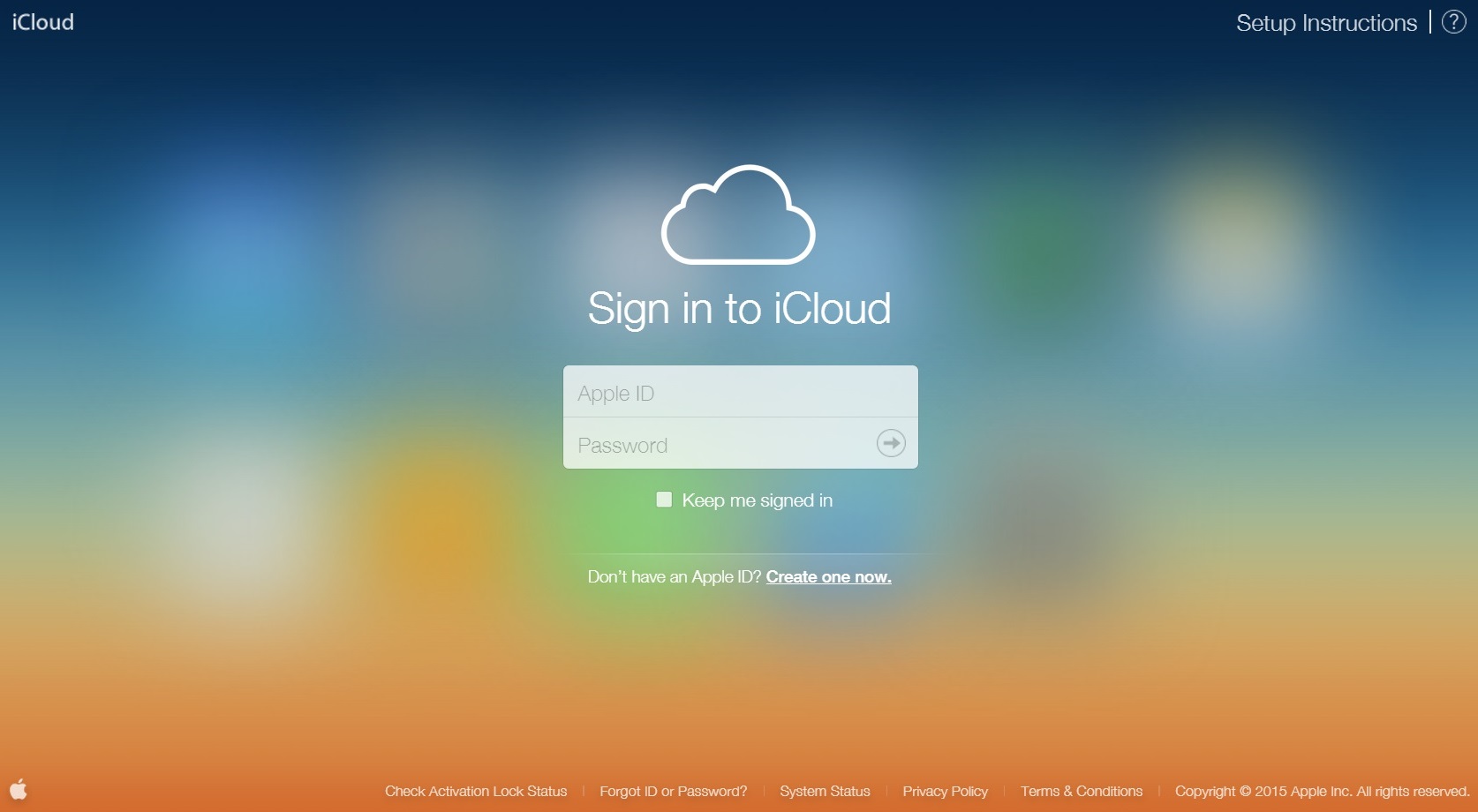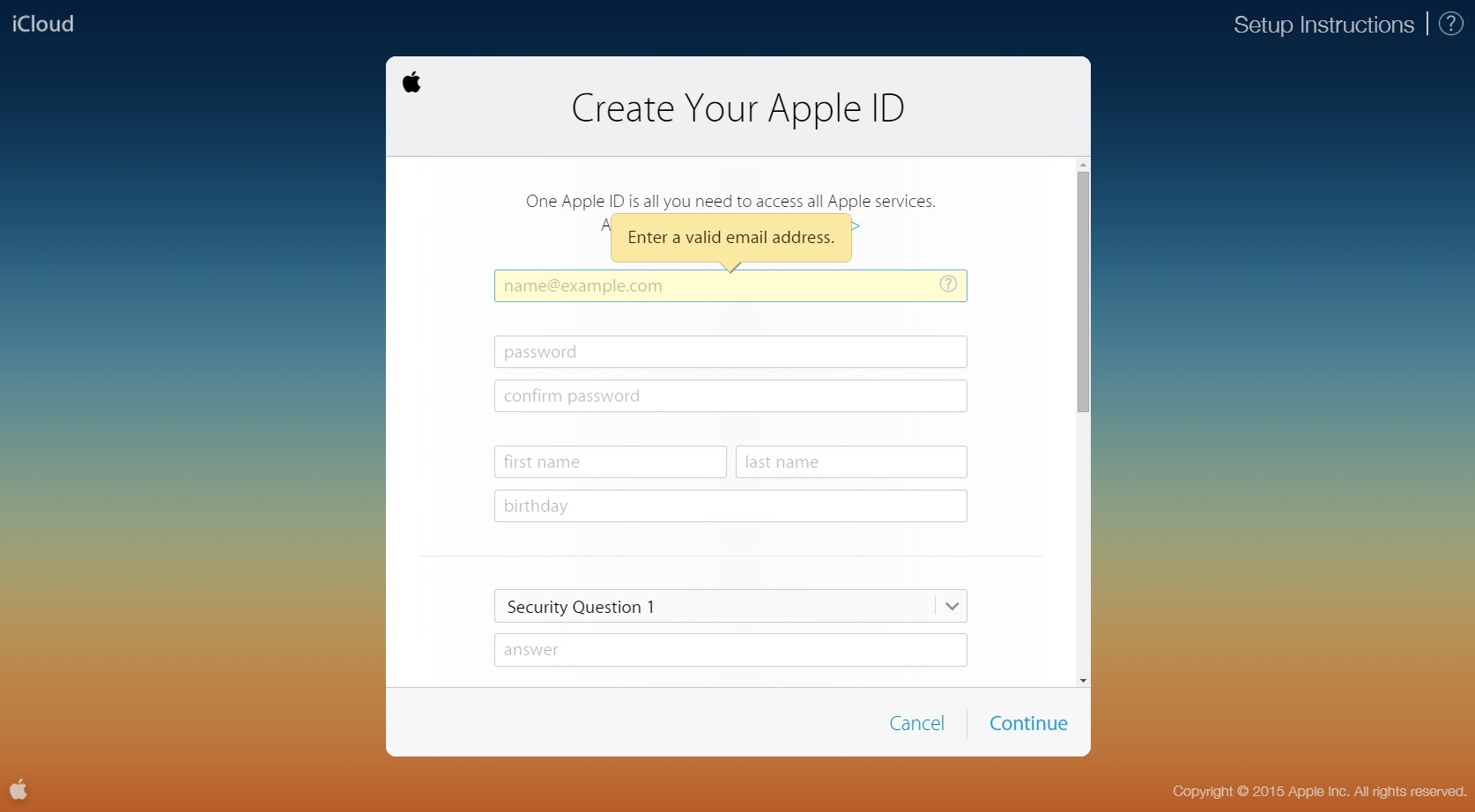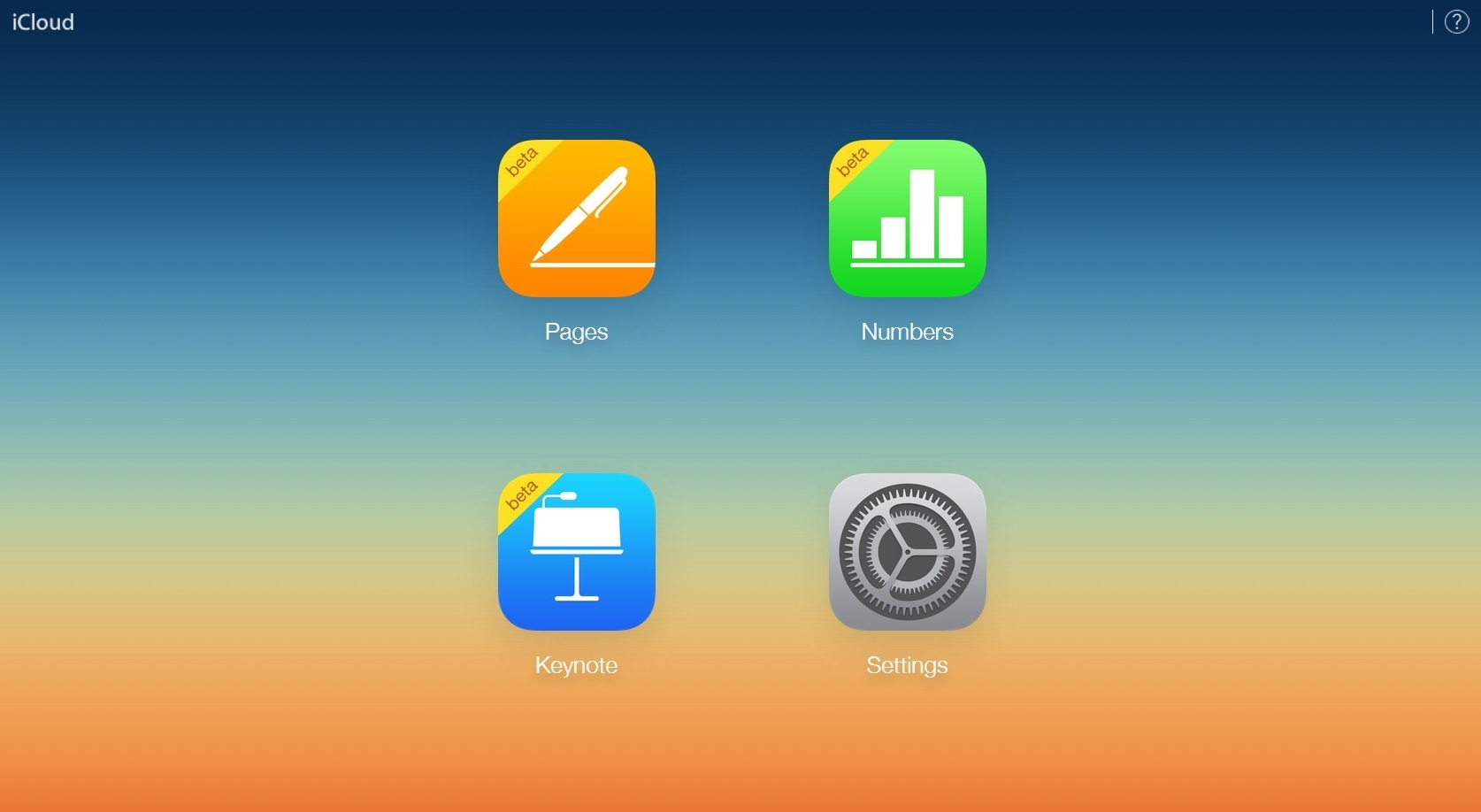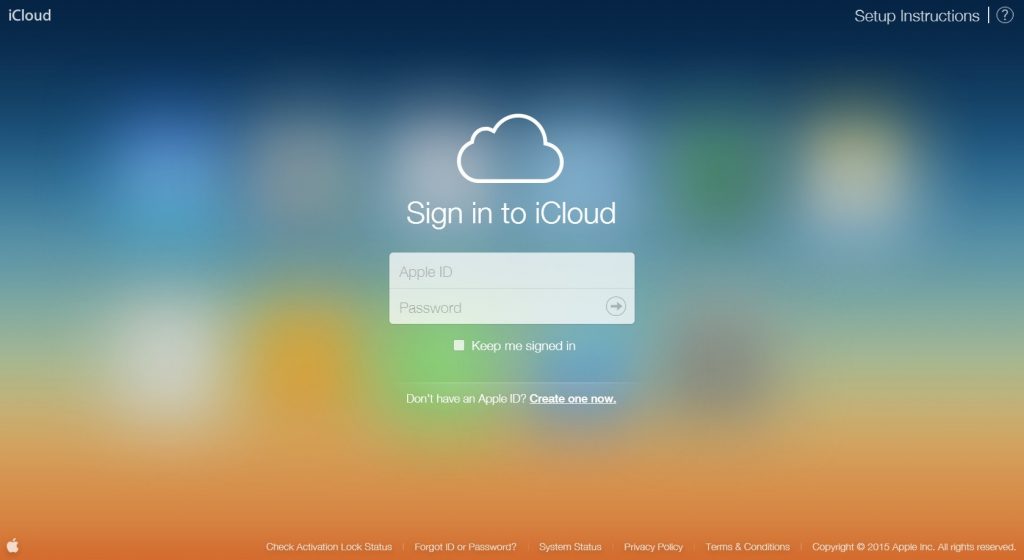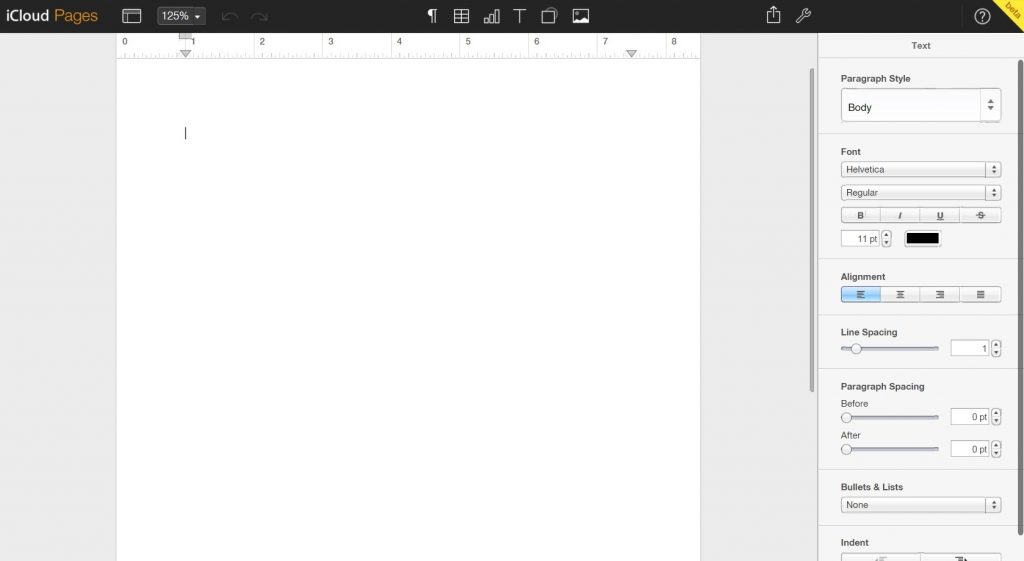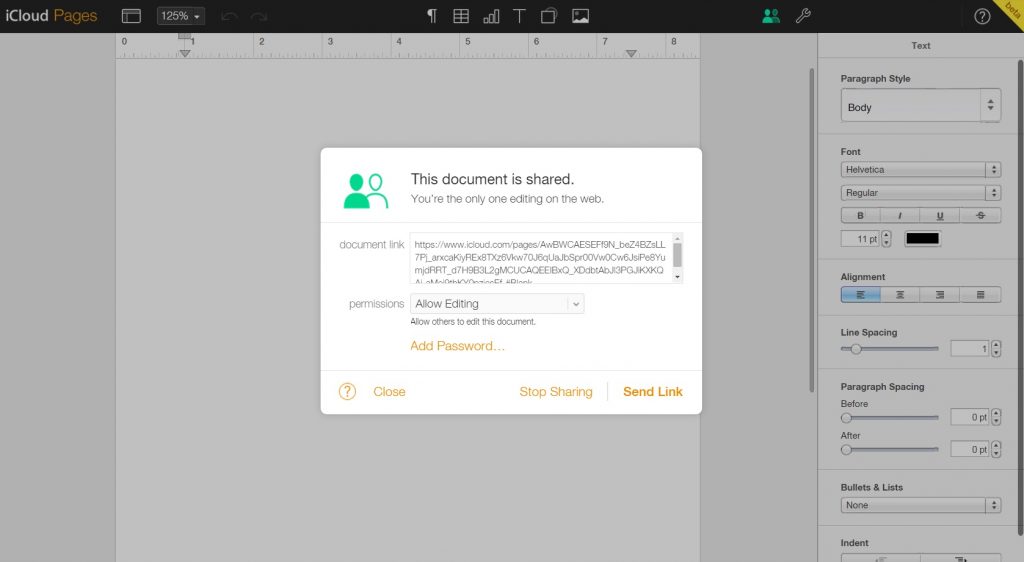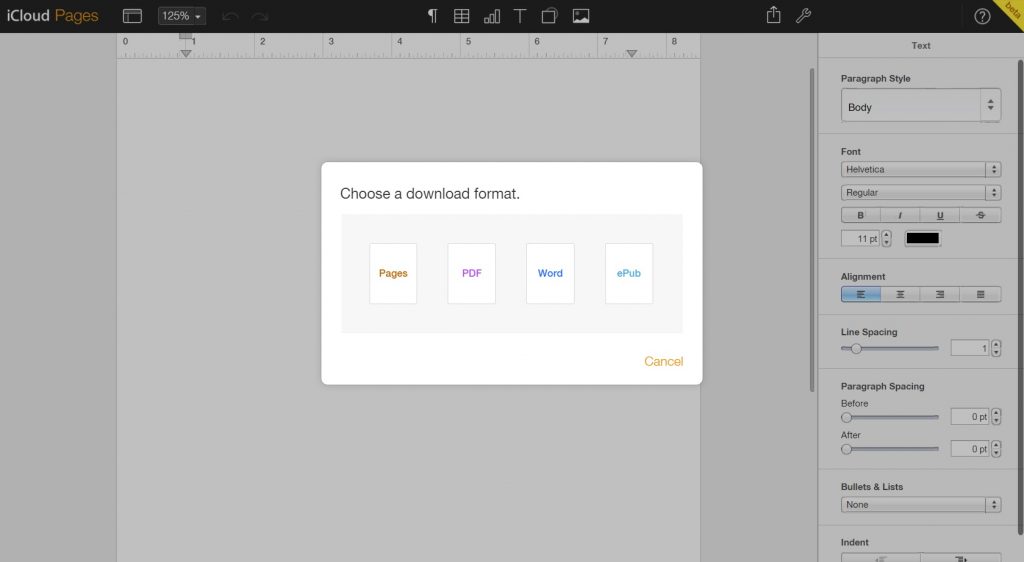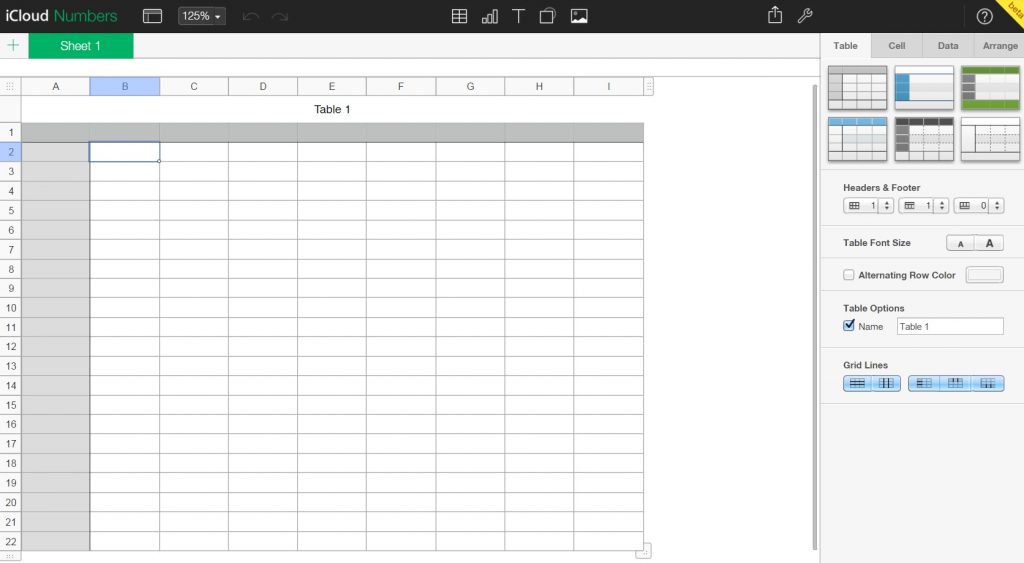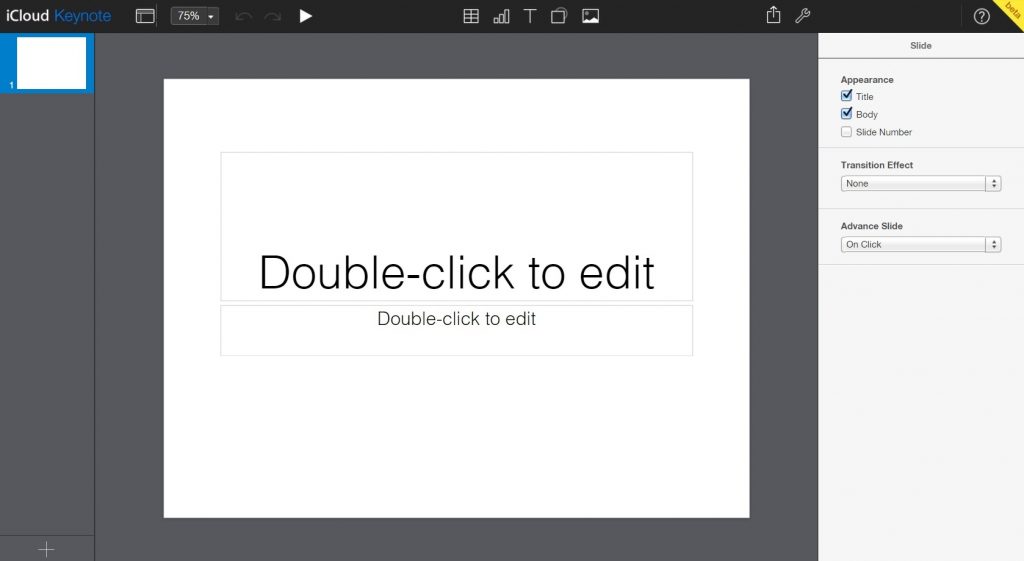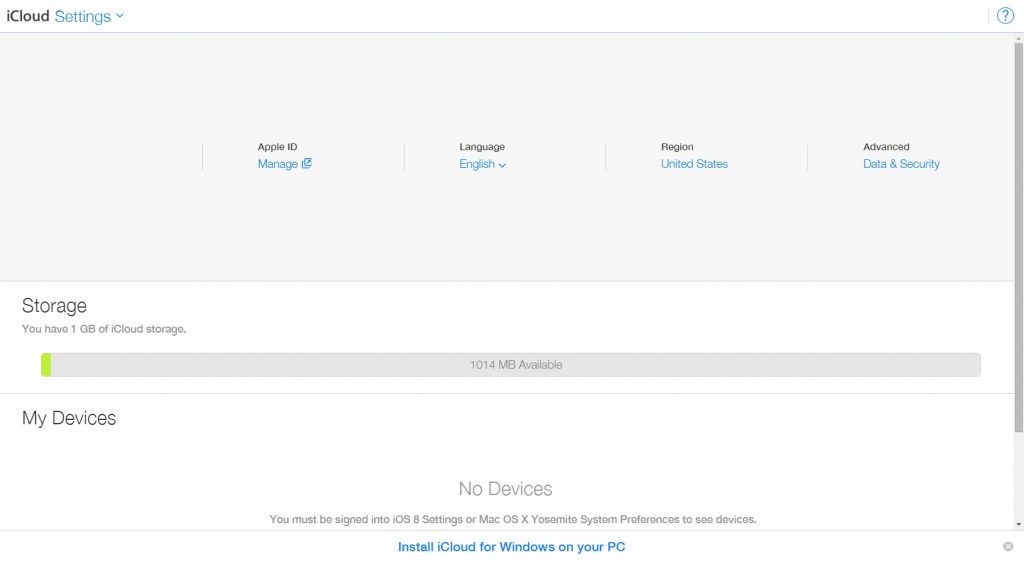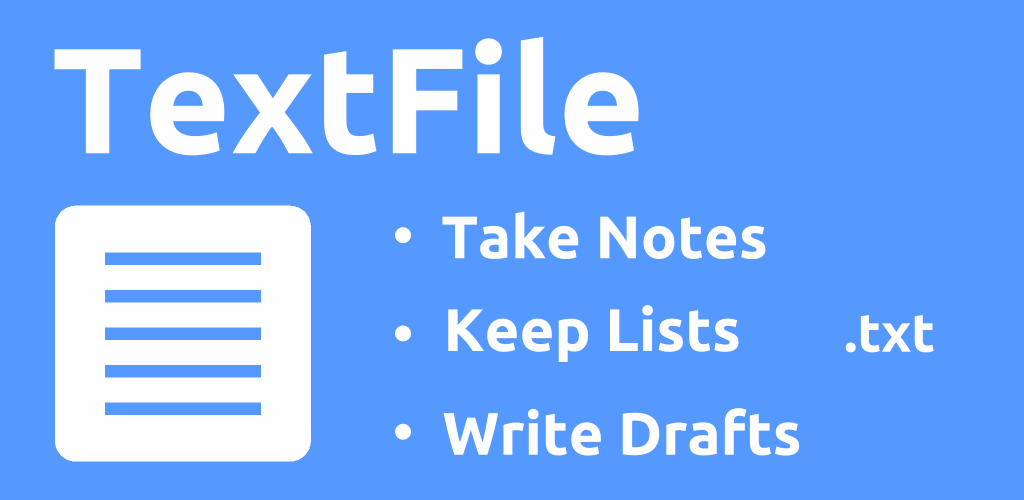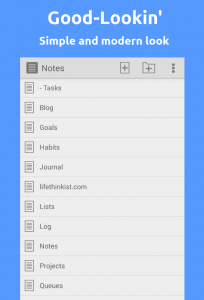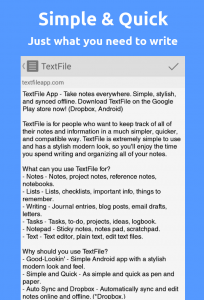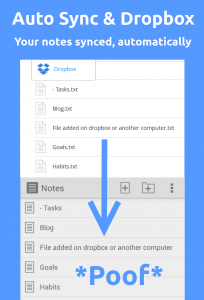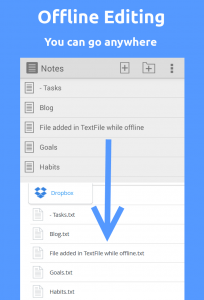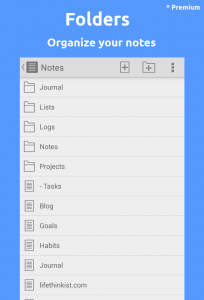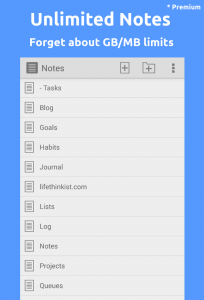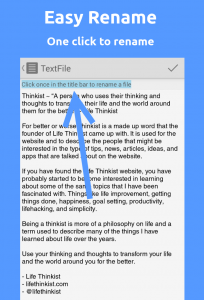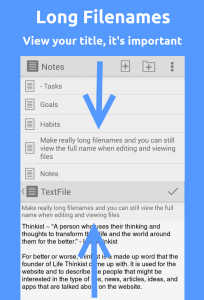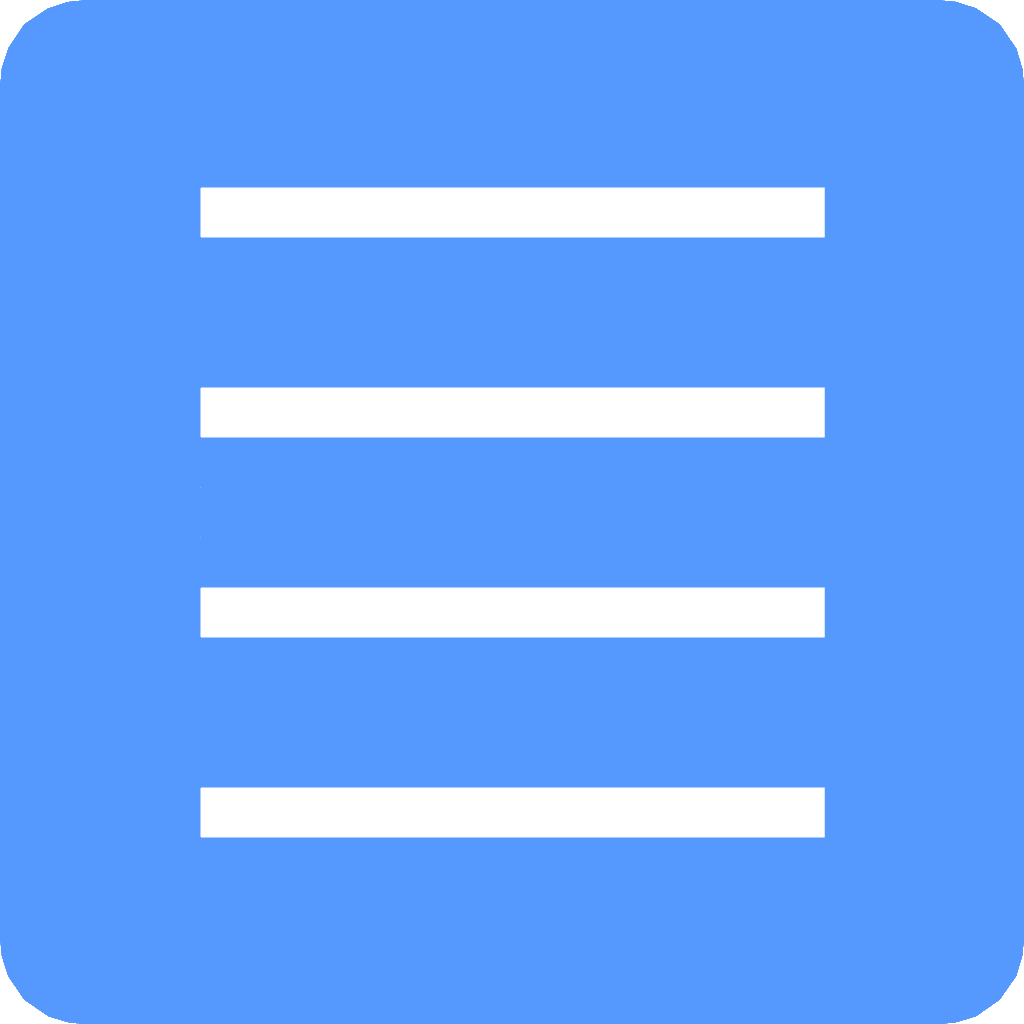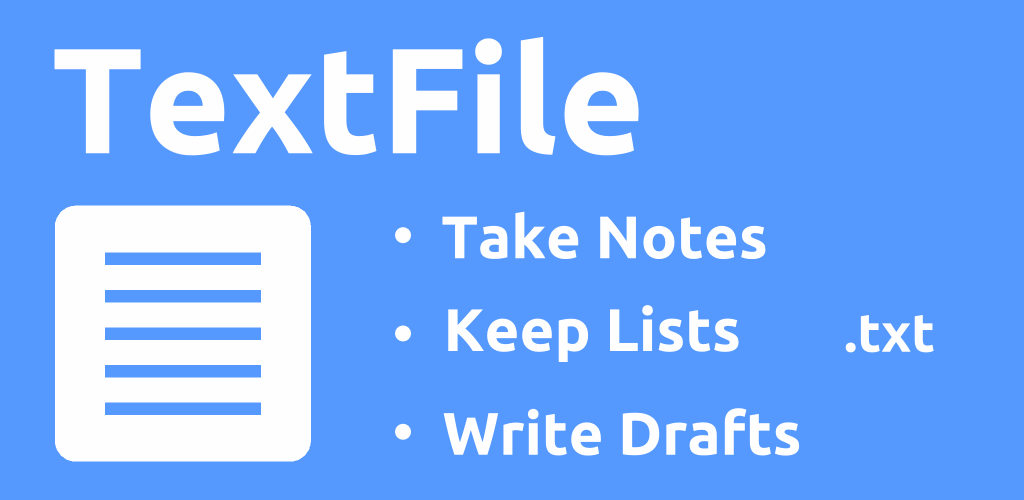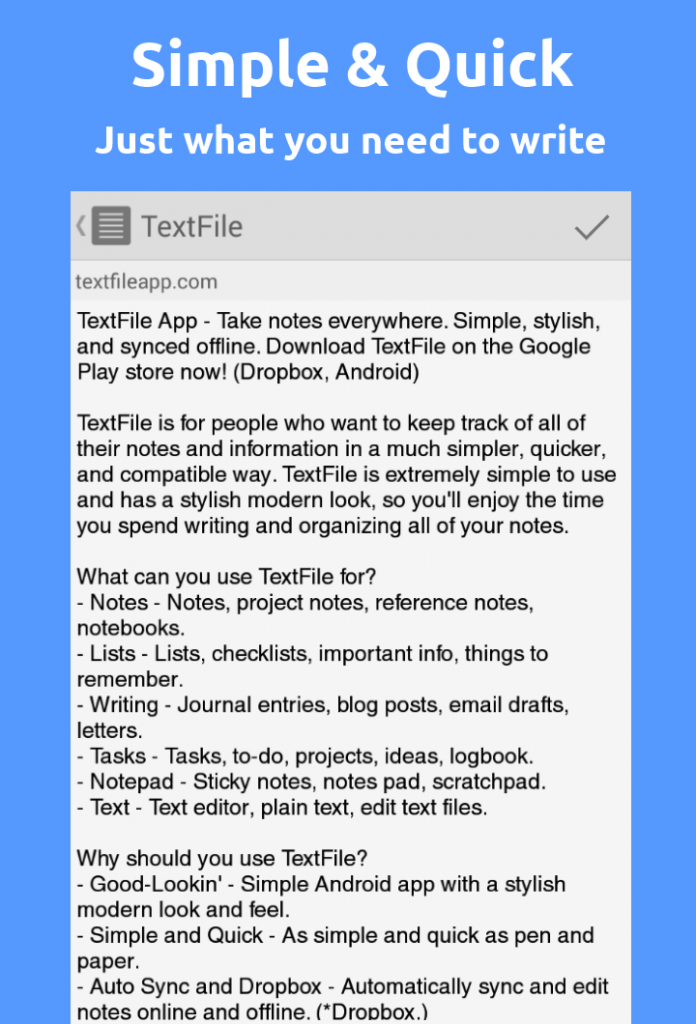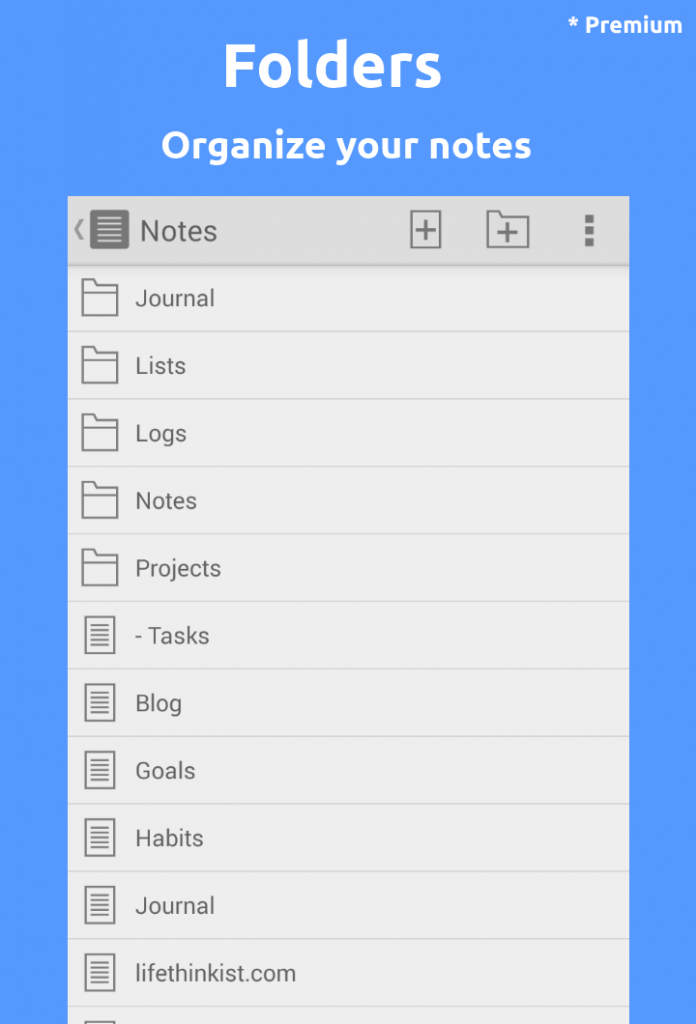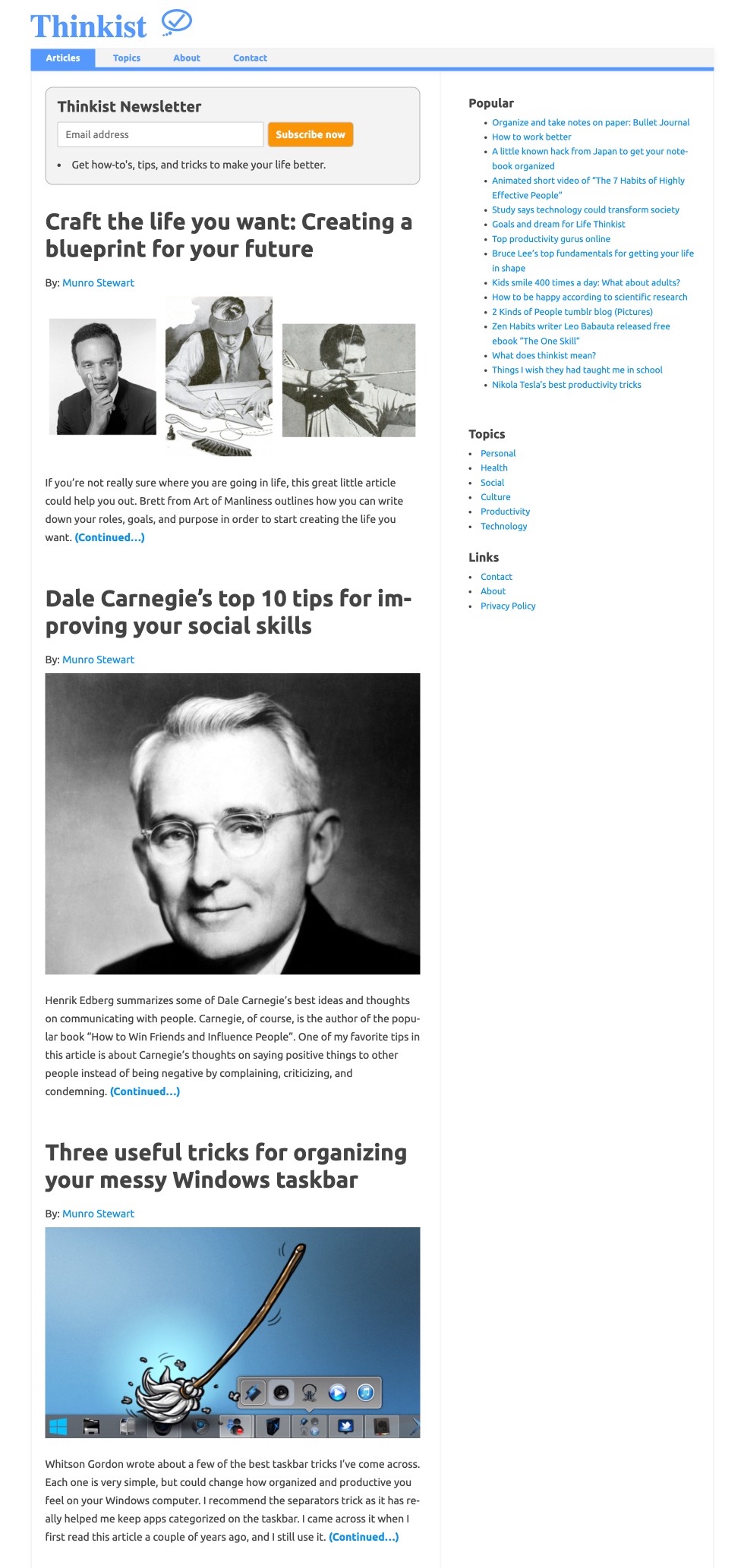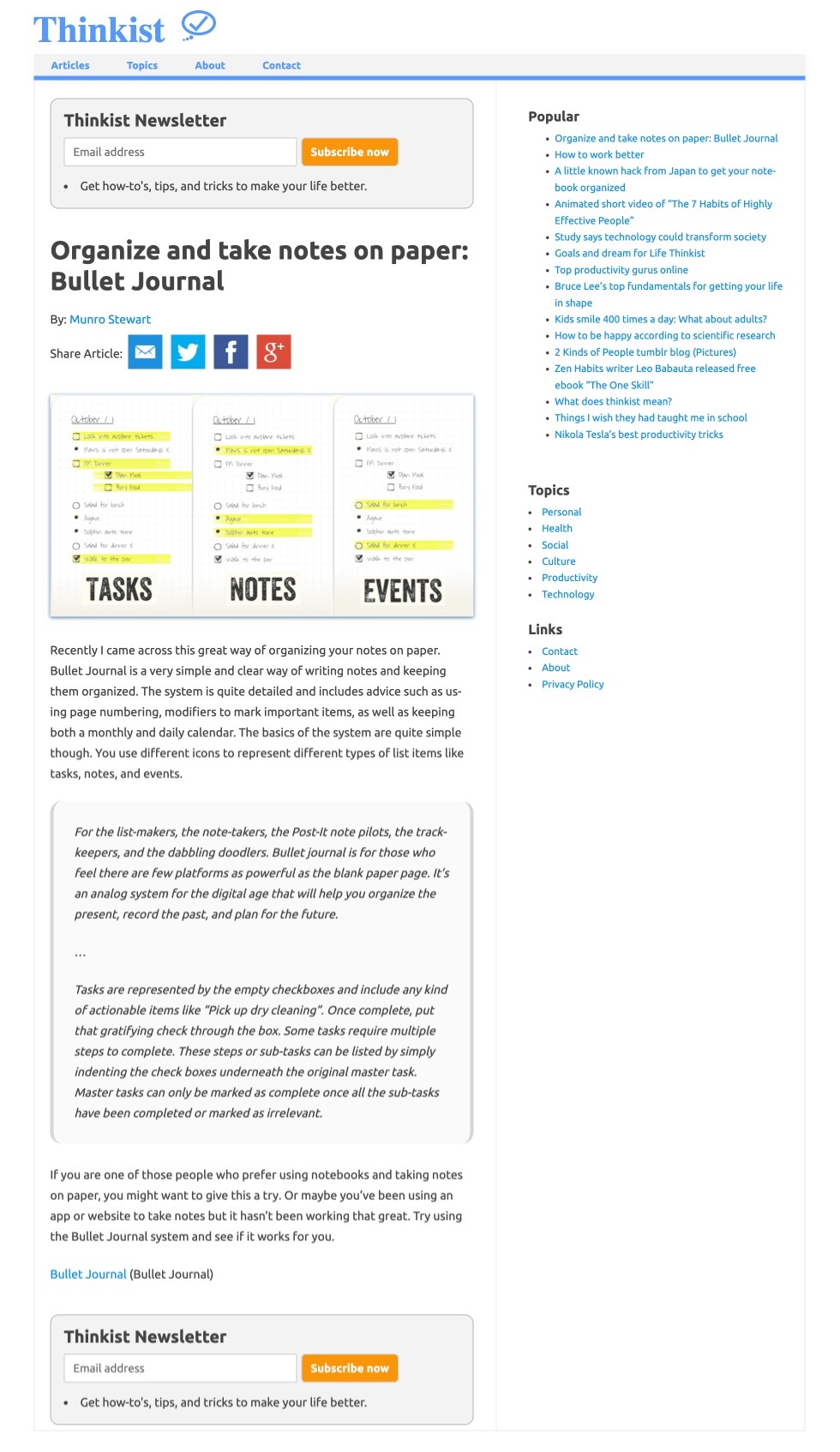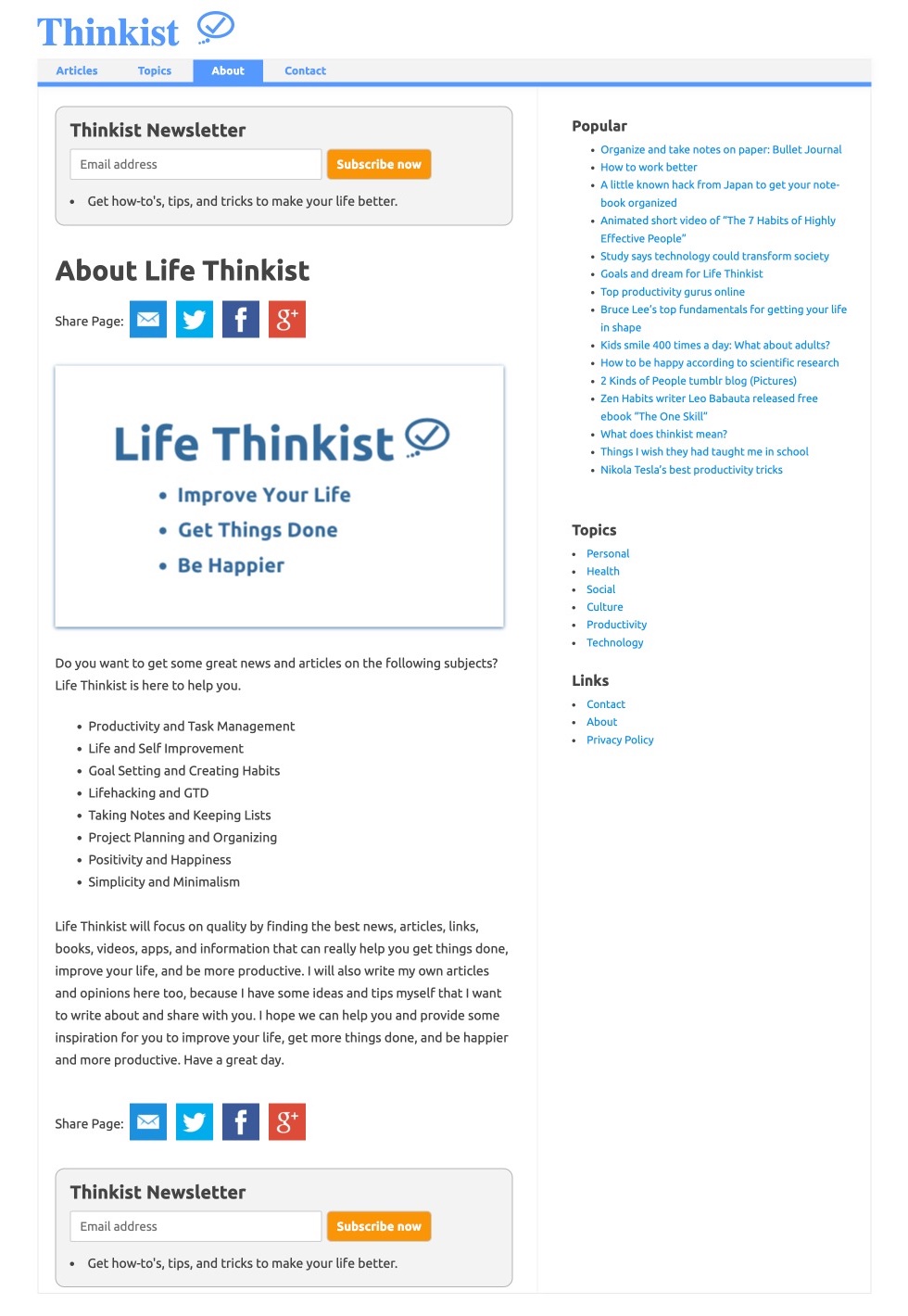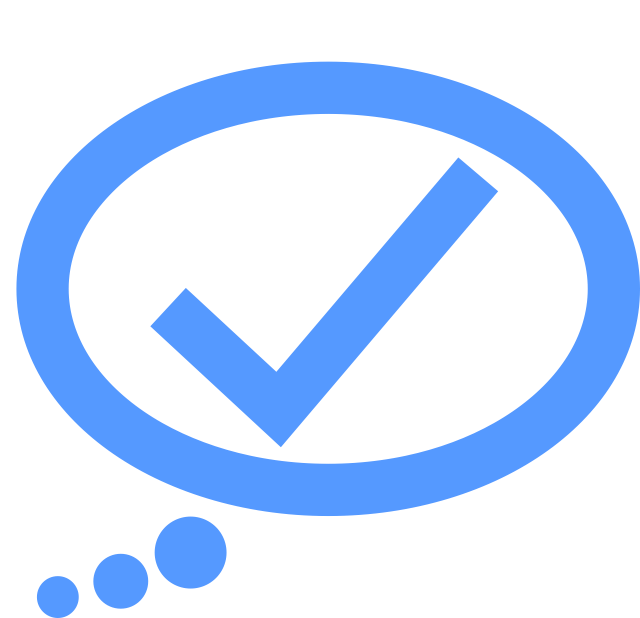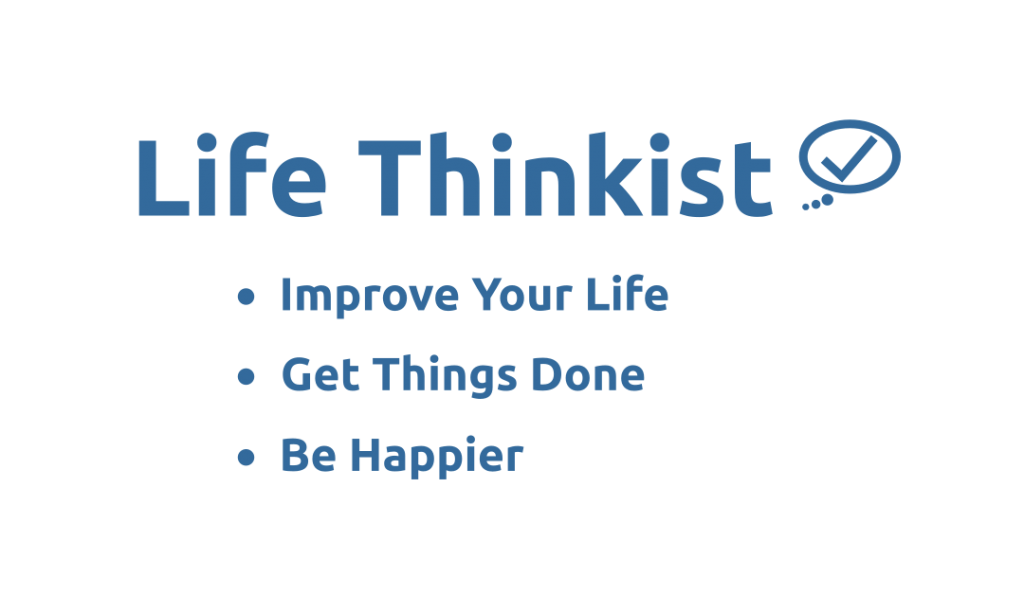Could this hidden "ASUS E205SA" reveal an upcoming Windows 10 laptop to replace the excellent 11.6" ASUS eeeBook X205TA notebook?
While reading about Windows 10 budget notebooks I came across this interesting tidbit. It's a reference to an "ASUS E205SA", which has not been announced or mentioned anywhere by ASUS. I wonder if it could be the possible replacement for the 11.6" eeeBook X205TA, which was one of the best reviewed budget laptops with Windows, and a bit of a revival for ASUS of their old eeeBook netbooks. Here's what I found out, along with an overview of a number of cheap budget laptops that ASUS could release later this year with Windows 10.
Earlier this summer, it looks like ASUS announced or released information for three different lines of Windows 10 notebooks in the E series, some of which were previously known as eeeBooks. They have product pages for each of these laptops, with features and specifications.
However, I don't believe any of these have been released yet and their product specs could even change possibly. For instance, the 14" E402MA is listed with Windows 8.1, but I would guess it will come with Windows 10 when released. These laptops will most likely all be released later this year, as a whole line of new budget Windows 10 laptops from ASUS.
ASUS E402MA Regular 14"
There is the 14" ASUS E402MA, which is a 14" laptop with a 500 GB or larger hard drive. It looks like it will come in various colors. Because of the mechanical hard drive it won't be super thin or light. Battery life isn't mentioned but it likely won't be as great as the 11.6" eeeBook X205TA if it does come with only a mechanical hard drive.
ASUS E403SA Thin And Light 14"
There is the 14" ASUS E403SA, which is a 14" laptop with a 32-64 GB eMMC drive. It touts features such as a brushed aluminum finish, thin and light profile, and super long 14 hour battery life. Other than the brushed aluminum finish and 14" display, these specifications are more similar to the old 11.6" eeeBook X205TA.
It's a pretty interesting and good-looking device if you ask me. There's a good chance that it could end up being the best budget notebook with Windows 10. That is, if you are fine with a laptop that is more like a netbook or Chromebook, with only 32-64GB of flash eMMC storage. It has a battery life listed as 14 hours, and should be very light for a 14" laptop.
ASUS E202SA Regular 11.6"
Then there is the 11.6" ASUS E202SA, which is an 11.6" laptop with a 500 GB or larger hard drive. Like the 14" E402MA, it looks like it will come in various colors. It touts a solid 8 hours of battery life. While this laptop will be the same size as the 11.6" eeeBook X205TA, it doesn't have the flash hard drive, super thin and light profile, and excellent 12 hour battery life that it was known for.
ASUS E205SA Thin And Light 11.6" - Possible eeeBook X205TA Update?
However, unless I'm missing something, there is currently no 11.6" laptop with a 32 GB or larger eMMC drive listed anywhere. It got me thinking and wondering if they would also have an 11.6" with a flash eMMC drive to replace the 11.6" eeeBook X205TA. I wondered if it might be named either E203SA or E205SA, based on the product names of the other laptops.
Some quick detective work (yep, a Google Search) brought up an ASUS Web Storage excel file which contains a product named E205SA. It's also interesting that it is one of the few notebooks, along with the 14" E403SA above, to come with 500 GB of ASUS Web Storage as opposed to just 16-32 GB. This is likely because they will be touted as "cloudbooks" with only 32-64 GB of flash eMMC. So you get a large 500 GB of online storage from ASUS free for 2 years.
- Eee PC • ASUS WebStorage (ASUS • Google Translated web page)
- Product Information • ASUS WebStorage.xls (ASUS • English excel file)
What Features Could This New 11.6" ASUS E205SA Have?
So I think it's possible that the reference to an E205SA could mean that it is the actual successor of the 11.6" eeeBook X205TA. If that's the case, then this potential 11.6" E205SA could have similar features and specs as the already announced 14" ASUS E403SA, but be packaged with a 11.6" display.
The 14" ASUS E403SA and 11.6" ASUS E205SA could be very similar to the old 11.6" eeeBook X205TA in that they should be very thin, light, fanless, and have exceptional battery life. They should be cloudbooks and only come with 32-64 GB of eMMC flash storage, and of course come with Windows 10. And they should also be updated with a nice brushed aluminum finish version.
What Features Could All These New ASUS Laptops Have?
All 4 of these product lines could have Braswell processors, a USB Type-C port, and 802.11ac Wifi as a few of their main upgrades. Another interesting new feature could be what ASUS marketing is calling IceCool, which they say is an internal layout that keeps heat away from the palm rest of these laptops so your palms stay cool even when you use it for hours on end.
I do wonder if it's also possible that the colorful 14" ASUS E402MA and 11.6" ASUS E202SA might come in versions with 32-64GB flash drives instead of a 500GB-1TB mechanical hard drive. And maybe the brushed aluminum 14" ASUS E403SA and potential 11.6" E205SA might also come in different colors than just the brushed aluminum finish, either at launch or later.
Best Budget Windows 10 Laptops? (Plus The Competition)
So what does all this mean? Well, put simply, I think that the 14" ASUS E403SA and this uncovered 11.6" ASUS E205SA with flash storage have the potential to be the best budget Windows 10 laptops. Or more specifically, the best alternative to Chromebooks with flash storage and a super thin and light design. And the 14" ASUS E402MA and 11.6" ASUS E202SA could be the best budget Windows 10 laptops if you want a more traditional small laptop with some real hard drive space. Plus you'll hopefully be able to replace the hard drive with a real SSD if you want to on those laptops.
ASUS has a pretty great track record, and it looks to me like these new laptops might be a better option than the previously released 11.6" and 14" Acer Aspire One Cloudbook, and the soon to be released 2015 update to the HP Stream 11 and 13.
The 14" version of the Acer One Cloudbook sounds like a great device as reviews say it has a great 12+ hour battery life and great keyboard for a budget device. While the new version of the HP Stream hasn't been released or reviewed yet, it sounds like the 11" version of the Stream could be the better option since it has an improved 10.5 hour battery life and display. And the previous versions of the 11" Stream was known to have one of the best keyboards for a small netbook-like laptop.
But my spidey senses tell me that once these ASUS laptops come out, they will be reviewed extremely well, just like the old 11.6" ASUS eeeBook X205TA. So if you are looking to buy a good cheap Windows 10 laptop, you might want to wait until ASUS releases their budget Windows 10 lineup.
Conclusion - Potential ASUS Windows 10 Budget Lineup
So if my sleuthing is correct, the E205SA could be the real successor to the 11.6" eeeBook X205TA with flash storage. If not, this article should still have given you a good overview of the unreleased budget Windows 10 laptops that should be upcoming from ASUS. Here's a quick overview of what their Windows 10 budget lineup could look like, including the unannounced "ASUS E205SA", which could be the eeeBook X205TA replacement.
- 11.6" ASUS E205SA - 32-64GB flash eMMC
- 14" ASUS E403SA - 32-64GB flash eMMC
- 11.6" ASUS E202SA - 500GB-1TB drive
- 14" ASUS E402MA - 500GB-1TB drive
As far as pricing, the announcement of the 14" ASUS E403SA suggests it should come in a 32 GB and 2 GB RAM version for $299 USD. I wonder if the ASUS E205SA, the possible successor to the 11.6" eeeBook X205TA, might come in a 32GB and 2 GB RAM version for $199 or $249 USD, and a 64 GB and 4 GB RAM version for $299 or $349 USD.
If it did, the prices and storage specs for these laptops would be similar to the ASUS ZenFone 2 Android phone, which has been a pretty big hit for ASUS. And it could make them the best and cheapest budget Windows 10 "cloudbook" laptops that offer 64 GB and 4 GB RAM.

